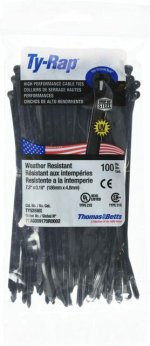Dale, you and I are NOT arguing, I merely added an explanaton of HOW the gauge on the left accomplishes a FLOW indication - "I too set mine at 20 CFH. BTW, that IS a pressure gauge too, but it measures the pressure DROP across an orifice in order to show FLOW rate. Some regulator sets use a rotometer (bb in a tube) to measure flow, either one is fine."
Proof - if I'm wrong, then the "flow" gauge would drop to ZERO when you release the trigger on the MIG gun, right? Try it; once you've released the trigger, the "flow" gauge will actually INCREASE its reading slightly - does NOT usually mean there's a leak...
Brandi, please re-read my earlier post - yes, that gauge (on the left in Dale's picture) reads PRESSURE, 'cause it's a pressure gauge - but it MEASURES the FLOW rate (ONLY when the mig gun is actually WELDING - the gauge on the RIGHT only reads TANK pressure (once you SLOWLY open the tank valve ALL THE WAY)
If either of you needs more info to understand how this works, please ask; my entire career was spent in tech fields, the last 33 years in heavy industrial instrumentation and control, so NOT some "internet expert"... Steve


